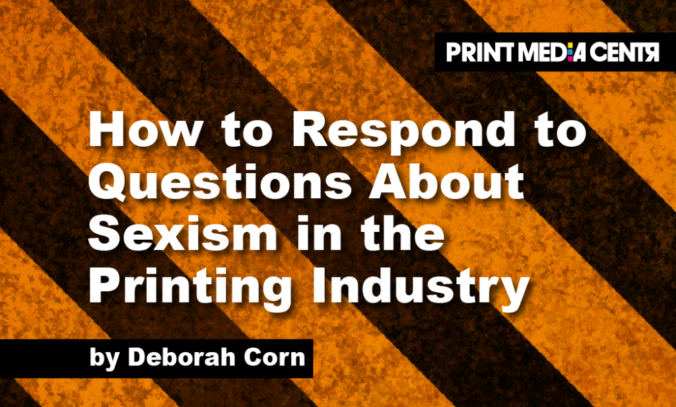October 1-7 is Banned Books Week. A coalition of organizations dedicated to free expression support this important effort to bring attention to attempts to ban books and repress freedom of the press.
The group includes American Booksellers for Free Expression, American Library Association, American Society of Journalists and Authors, Amnesty International USA, Association of University Presses, Authors Guild, Banned Books Week Sweden, Children’s Book Council, Comic Book Legal Defense Fund, Foundation for Individual Rights and Expression, Freedom to Read Foundation, GLAAD, Index on Censorship, Little Free Library, National Book Foundation, National Coalition Against Censorship, National Council of Teachers of English, PEN America, People For the American Way Foundation, PFLAG, and Project Censored. It is endorsed by the Center for the Book in the Library of Congress. Banned Books Week also receives generous support from HarperCollins Publishers and Penguin Random House.
This year LeVar Burton is the honorary chair. Burton has a long track record of advocating for books, publishing, and reading. In his statement for this year’s event he says, “Books bring us together. They teach us about the world and each other. The ability to read and access books is a fundamental right and a necessity for life-long success.”
He adds, “But books are under attack. They’re being removed from libraries and schools. Shelves have been emptied because of a small number of people and their misguided efforts toward censorship. Public advocacy campaigns like Banned Books Week are essential to helping people understand the scope of book censorship and what they can do to fight it. I’m honored to lead Banned Books Week 2023.”
Saturday, October 7, is Let Freedom Read Day, a day of action against censorship. You can take part: do at least one thing this week to defend the right to read and to speak on behalf of those who ensure access to information. And, of course, you could always buy and read or check-out and read (you have a library card, right?) one of the books the ALA reports people are challenging (asking them to remove); have a chat with a librarian or bookseller for recommendations. For information about ways to participate and resources, visit bannedbooksweek.org/let-freedom-read-day/. And, here’s more inspiration.



